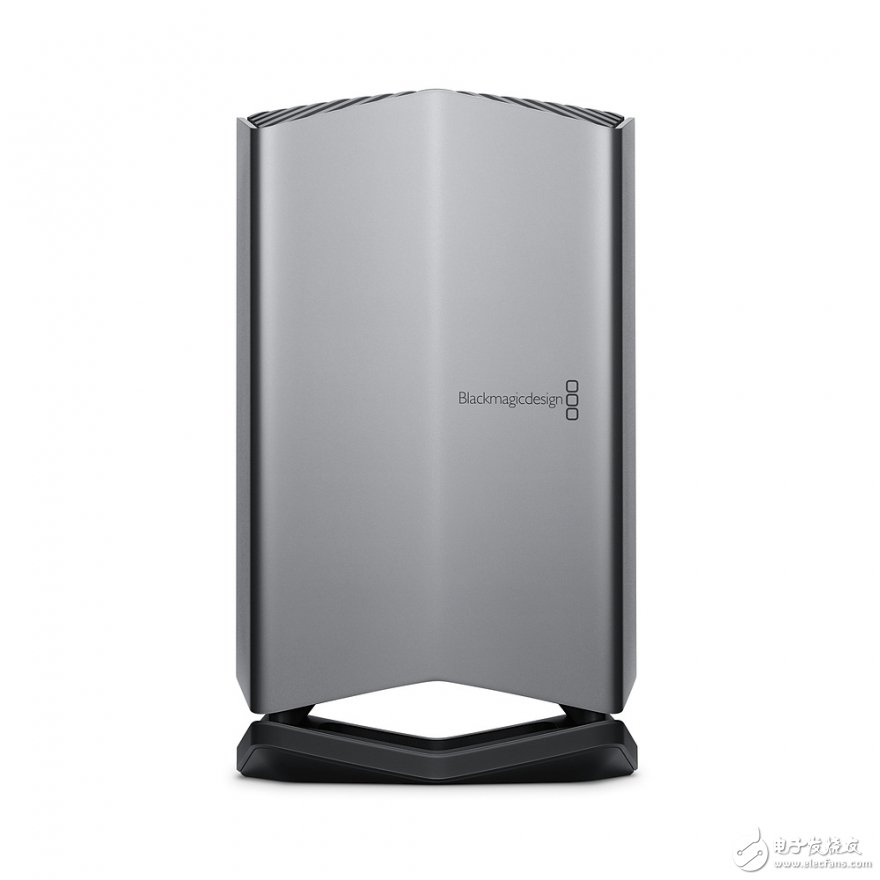The world's first photoelectron neural network came out to break through AI technology again
Neural networks are sweeping the world of computing. With their help, researchers were able to advance the process of machine learning. Facial recognition, object recognition, natural language processing, machine translation... These were originally human-only skills and are now becoming the regular configuration of machines.
Because neural networks can drive the development of artificial intelligence, this gives researchers more power to create more powerful neural networks. The key to this research is to create a circuit similar to a neuron, a neuromorphic chip. So how do you make the speed of your circuit significantly improved?

Now, this question may have an answer. According to MIT, the Alexander Tait team at Princeton University created the world's first photoelectron neural network and demonstrated its computational speed.
Optical computing has always been highly anticipated. Photons have a higher bandwidth than electrons, so they can process large amounts of data faster. However, due to the high cost of optical processing systems, they have not been widely used. This ultra-fast data processing capability is only available with photonic chips when performing tasks such as analog signals.
Nowadays, neural networks have provided a new opportunity for photonics. "With the help of silicon photonics platforms, the high-speed information processing capabilities of photonic neural networks can be used in radio, control computing, etc.," Alexander Tait said.
The core of this photonic neural network is an optical device. Each of its nodes has the same response characteristics as a neuron. These nodes are in the form of miniature circular waveguides that are etched into a silicon pedestal that allows light to circulate. Once the light is input, it modulates the output of the laser operating at the threshold. In this region, small changes in incident light can have a significant effect on the laser output.
Each node in the system uses a certain wavelength of light. This technique is called wave division mulTIplexin. Light from each node is sent to the laser, and the laser output is fed back to the node, creating a feedback circuit with nonlinear characteristics. This output is mathematically equivalent to a device called the Continuous Time Recurrent Neural Network (CTRNN).
The Tait team said the device can greatly expand programming techniques for larger silicon photonic neural networks.
The researchers used a network of 49 photon nodes to simulate the neural network and how the photon neural network was used to solve the mathematical problems of differential equations.
Tait compared it to a normal CPU. “In this task, the effective hardware acceleration factor for photonic neural networks is about 1960&TImes;â€, Tait said. “This is a speed of three orders of magnitude.â€
Researchers say the study opens the door to a new photonic computing industry. Tait said: "The silicon photonic neural network may be the first to lead the broader category of silicon photosystems into scalable information processing."
For Oppo Oca,Optical Adhesive Oca Glue,Oppo Reno 10 Pro Oca Sheet Paper,Optically Clear Adhesiv Sheet
Dongguan Jili Electronic Technology Co., Ltd. , https://www.jlocaglass.com